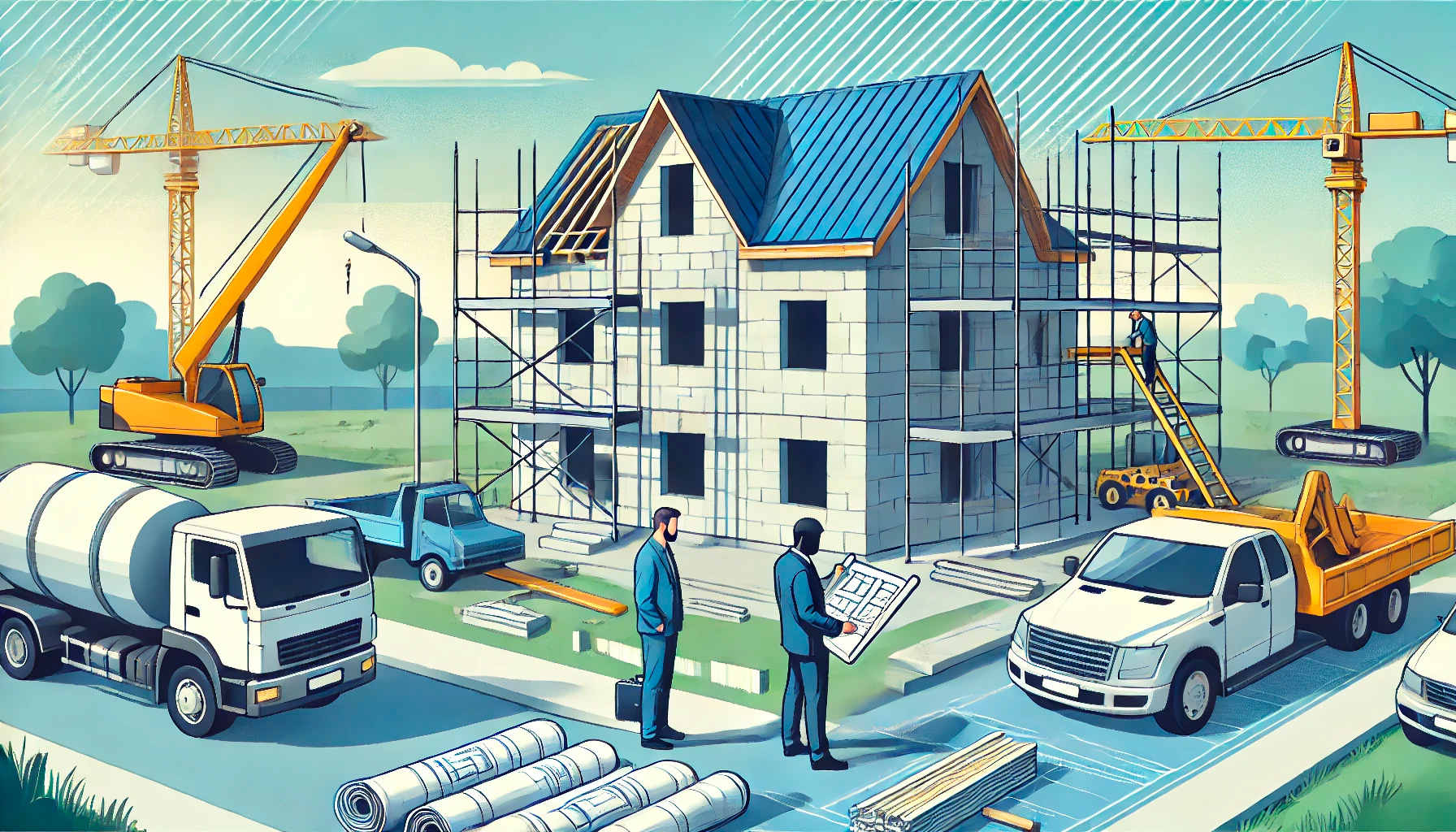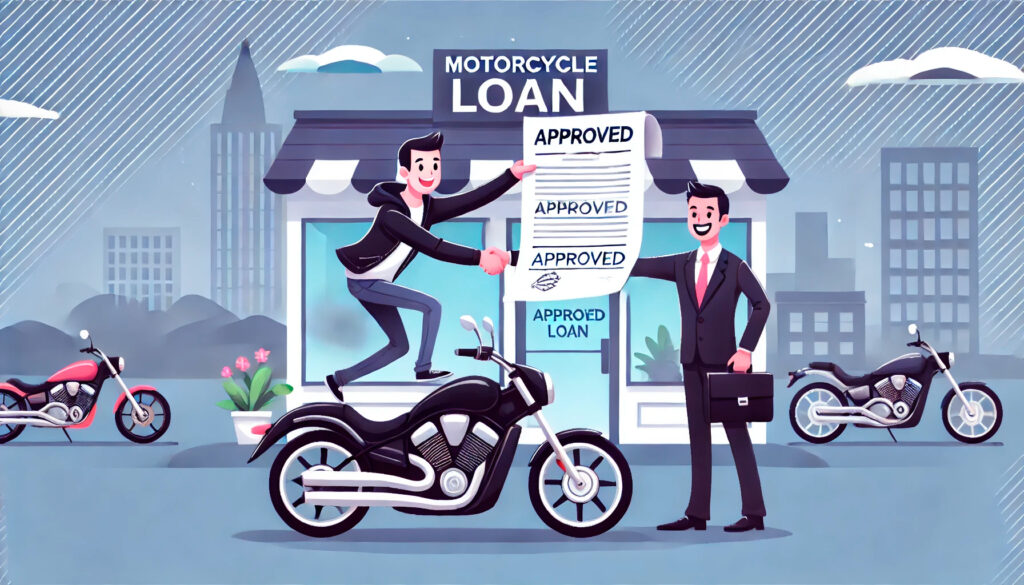Building a private house is a dream that many cherish. It is the embodiment of personal taste, comfort, and the promise of a sanctuary tailored to one’s desires. However, the path to turning this dream into reality often requires financial assistance, and for many, this means securing a mortgage specifically designed for construction. Understanding how to get a mortgage for building a private house is not just about navigating the financial landscape; it is about making informed decisions that align with your long-term goals. This article will guide you through the process, offering insights and practical advice to help you embark on this journey with confidence.
Understanding Construction Mortgages
A construction mortgage, unlike a traditional home loan, is tailored to fund the building of a house from the ground up. This type of loan is unique because it disburses funds in stages, known as draw periods, which correspond to different phases of construction. For instance, the first disbursement might cover the foundation, while subsequent payments fund the framing, roofing, and finishing touches. This staggered approach ensures that funds are used appropriately and minimizes the lender’s risk.
One of the key differences between a construction mortgage and a standard home loan is the level of scrutiny involved. Lenders often require detailed plans, a realistic budget, and a qualified builder before approving the loan. This is because the property being built serves as collateral, and its value must be carefully assessed throughout the construction process. Understanding these nuances is the first step in learning how to get a mortgage for building a private house.
Preparing for the Application Process
Before approaching a lender, it is essential to prepare thoroughly. Start by assessing your financial health. Lenders will examine your credit score, income, debt-to-income ratio, and savings. A strong credit score and a stable income are crucial, as they demonstrate your ability to repay the loan. Additionally, having savings set aside for a down payment and unexpected expenses will strengthen your application.
Next, gather all necessary documentation. This typically includes proof of income, tax returns, bank statements, and a detailed construction plan. The construction plan should outline the design, materials, and timeline for the project. It is also advisable to work with a reputable builder who can provide a contract and cost estimates. Lenders often require this information to ensure the project is feasible and within budget.
Choosing the Right Lender
Not all lenders offer construction mortgages, so it is important to research and identify those that specialize in this type of loan. Banks, credit unions, and specialized mortgage lenders are common options. When selecting a lender, consider factors such as interest rates, loan terms, and customer service. It is also worth comparing the requirements and flexibility of different lenders to find one that aligns with your needs.
Once you have identified potential lenders, schedule meetings to discuss your project. Be prepared to present your construction plan and financial information. These meetings are an opportunity to ask questions and clarify any doubts. For example, you might inquire about the disbursement schedule, inspection requirements, and the possibility of converting the construction loan into a traditional mortgage once the house is completed. Understanding these details will help you make an informed decision.
The Role of Inspections and Appraisals
Inspections and appraisals play a critical role in the construction mortgage process. Lenders typically require inspections at each stage of construction to ensure the work is progressing as planned and that the funds are being used appropriately. These inspections are conducted by qualified professionals who assess the quality and progress of the build.
Appraisals, on the other hand, determine the value of the property at various stages. This is important because the loan amount is often based on the appraised value rather than the construction cost. If the appraised value is lower than expected, you may need to cover the difference out of pocket. Therefore, it is crucial to work with a builder who can deliver a high-quality project that meets or exceeds the appraised value.
| Key Steps | Description |
|---|---|
| Assess Financial Health | Evaluate credit score, income, and savings to determine readiness for a mortgage. |
| Gather Documentation | Prepare proof of income, tax returns, bank statements, and a detailed construction plan. |
| Choose the Right Lender | Research and select a lender specializing in construction mortgages. |
| Manage Construction Process | Stay within budget, adhere to timelines, and maintain open communication with stakeholders. |
| Transition to Traditional Mortgage | Plan for the conversion from a construction loan to a standard home loan. |
Managing the Construction Process
Securing a construction mortgage is only the beginning. Managing the construction process effectively is equally important. This involves staying within budget, adhering to the timeline, and maintaining open communication with your builder and lender. Regular updates and site visits can help you stay informed and address any issues promptly.
It is also essential to plan for contingencies. Construction projects often encounter unexpected challenges, such as delays or cost overruns. Having a contingency fund can help you navigate these situations without derailing the project. Additionally, maintaining a good relationship with your lender can be beneficial if you need to request additional funds or adjust the loan terms.

Transitioning to a Traditional Mortgage
Once the construction is complete, the next step is transitioning from a construction mortgage to a traditional mortgage. This process, known as conversion or refinancing, involves paying off the construction loan and securing a standard home loan. The terms of the new mortgage will depend on factors such as your credit score, income, and the appraised value of the completed house.
It is important to plan for this transition in advance. Discuss the conversion process with your lender during the initial application phase to understand the requirements and timeline. This will help you avoid any surprises and ensure a smooth transition.
Common Challenges and How to Overcome Them
While the process of securing a construction mortgage can be rewarding, it is not without its challenges. One common issue is underestimating the total cost of the project. To avoid this, work with a builder who provides a detailed and realistic cost estimate. Additionally, factor in a contingency fund to cover unexpected expenses.
Another challenge is managing the disbursement schedule. Since funds are released in stages, it is crucial to align the construction timeline with the disbursement schedule. Delays in construction can lead to cash flow problems, so it is important to stay on track and communicate regularly with your lender.
Finally, navigating the inspection and appraisal process can be daunting. To overcome this, work with experienced professionals who can guide you through the requirements and ensure compliance. This will help you avoid delays and additional costs.
Conclusion
Learning how to get a mortgage for building a private house is a journey that requires careful planning, research, and collaboration. By understanding the unique aspects of construction mortgages, preparing thoroughly, and managing the process effectively, you can turn your dream of building a private house into a reality. Remember, this is not just about securing a loan; it is about creating a home that reflects your vision and provides a foundation for your future. With the right approach and mindset, you can navigate the complexities of construction financing and achieve your goal of building a private house.
Building a private house is a significant undertaking, but with the right knowledge and preparation, it is an achievable goal. By following the steps outlined in this article, you can navigate the process of securing a construction mortgage with confidence and clarity. After all, the journey to building your dream home is not just about bricks and mortar; it is about creating a space where memories will be made and dreams will come to life.




